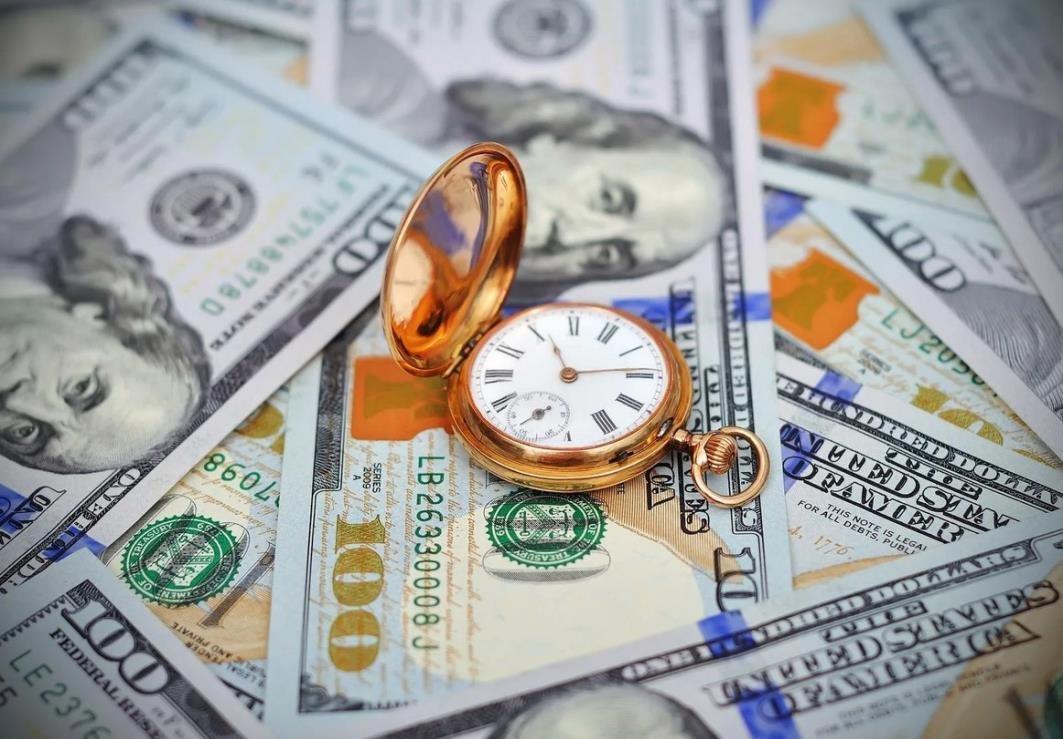All you need to know about negative interest rates
The Bank of England has told high street banks and building societies they have six months to prepare for negative interest rates. BoE policymakers stressed that the request did not mean a cut in borrowing costs below zero was imminent or even likely, but with few tools left to boost the economy in the event of a downturn, the central bank needs negative rates to be available as an option.
How do negative interest rates work?
Instead of earning interest on money left with the Bank of England, when rates are negative, banks are charged to park their cash with the central bank.
The European Central Bank, the Swiss and Danish central banks and Bank of Japan charge local banks to deposit money in the hope this will encourage them to stop hoarding funds, and instead lend more to each other, to consumers, and to businesses, in turn boosting the broader economy.
What would happen to my mortgage?
If it’s a fixed-rate mortgage, nothing will happen if interest rates are cut. Most households are on this type of deal; in recent years about nine in 10 new mortgages have been taken on a fixed rate.
If it is a variable-rate mortgage – a tracker, or a mortgage on or linked to a lender’s standard variable rate – the rate could fall a little if the base rate is cut. But the drop is likely to be limited by terms and conditions. Nationwide building society, for example, will never reduce the rate it tracks below 0% on mortgages arranged since 2009. So if your mortgage is at base rate plus 1 percentage point, it will never fall below 1%.
Bank of England: rapid GDP rebound likely as vaccines take effectRead more
What would happen to housebuyers arranging a mortgage?
New mortgages may get cheaper, but rates for borrowers with large deposits are already low. Lenders could increase the margins on new tracker mortgages, so that the percentage rate you pay above the base rate is higher than on the current deals. Lenders are likely to ensure that they have a lower limit in their terms and conditions because they do not want to pay borrowers who have mortgages with them.
What would it mean for savers?
More misery. Rates on savings accounts have nosedived since the pandemic began and even the government-backed NS&I has slashed returns. A negative base rate is likely to lead to more accounts paying 0% or only slightly above that, meaning the value of deposits is further eroded by inflation.
Wealthy savers could face a charge for holding large sums of money on deposit. UBS charges ultra-rich clients a fee for cash savings of more than €500,000 (£438,000), and reportedly plans to lower that threshold later this year. At the Danish Jyske Bank, similar charges apply.
It could also mean that banks start to consider fees for current accounts. HSBC has already said that low interest rates could lead to it introducing fees on its accounts.
What about loans and credit cards?
Rates on personal loans are already low and are typically fixed once you take them out, so a negative interest rate will not affect your repayments.
Credit card rates are usually low for new customers, but rise far above the base rate once introductory periods have ended, so will not be anywhere close to falling into negative territory.


